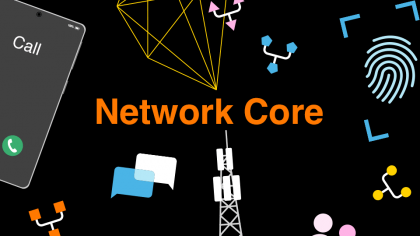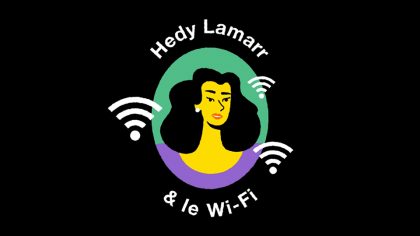News
Our lives are being changed by the access we have to digital networks. The majority of the world’s population now has mobile coverage and half of it uses the Internet. From mobile networks like 5G and fibre connections to the very high-speed infrastructures installed around the world; from the depths of the ocean floor to outer space, explore the innovations that are transforming our interconnected world.







